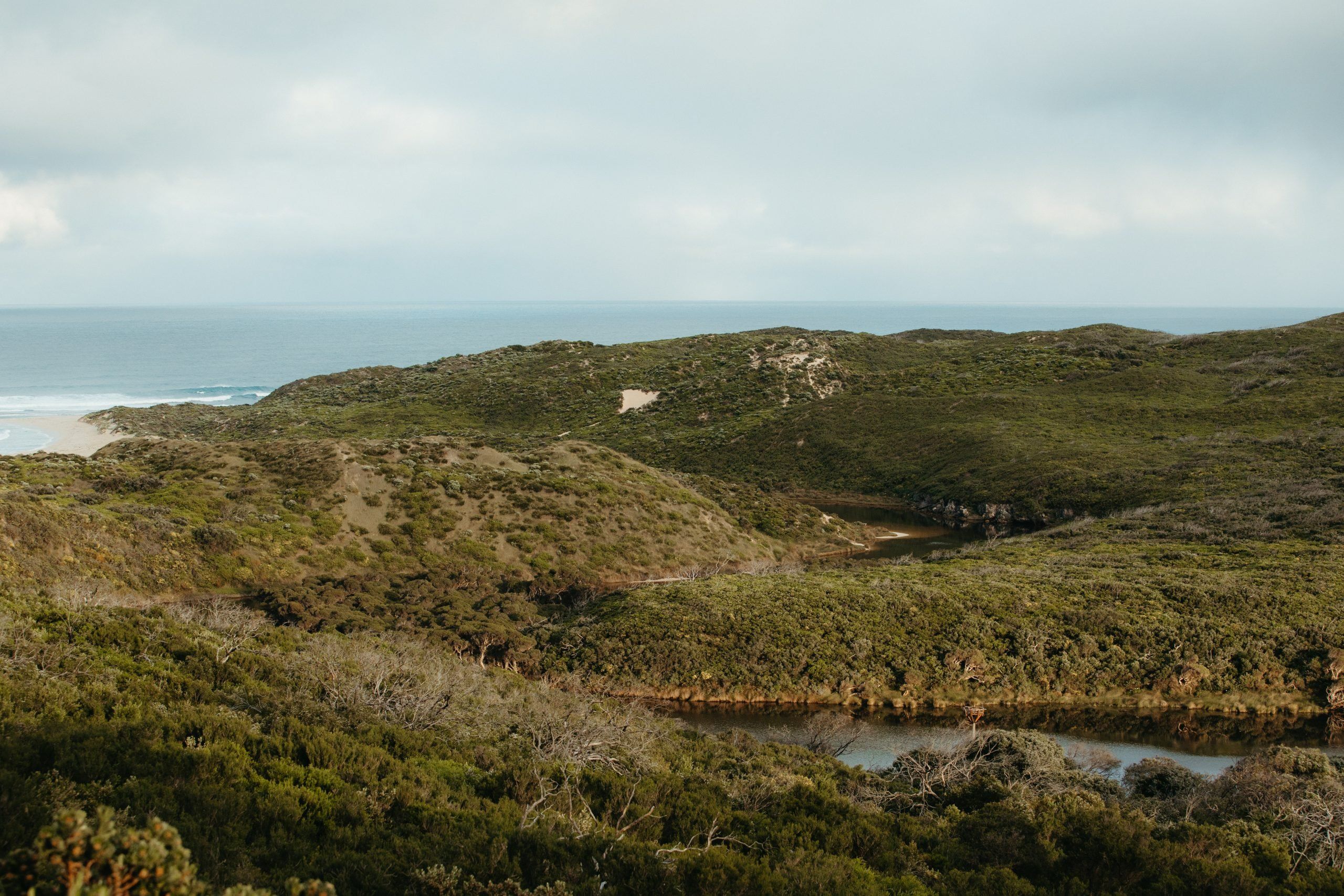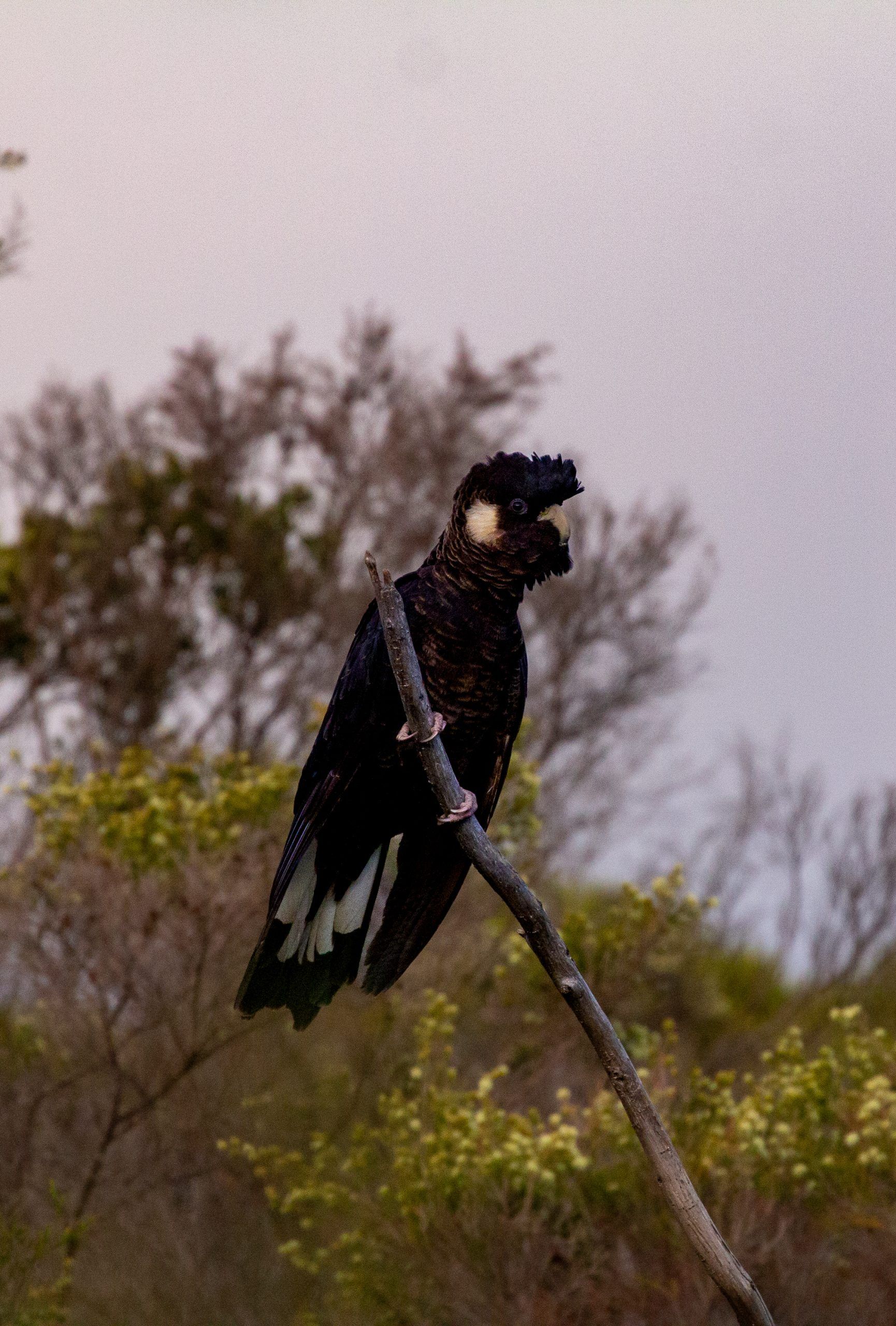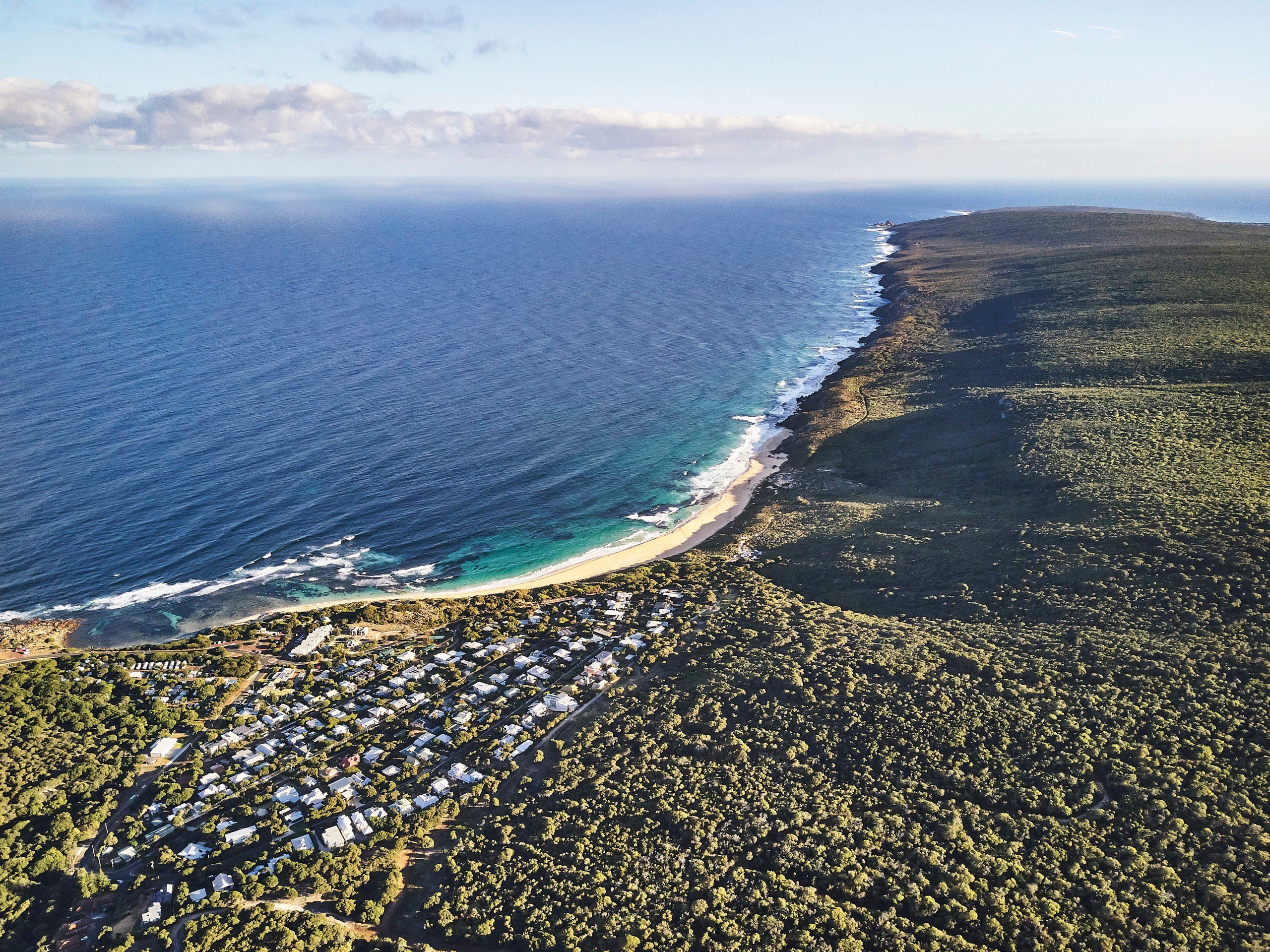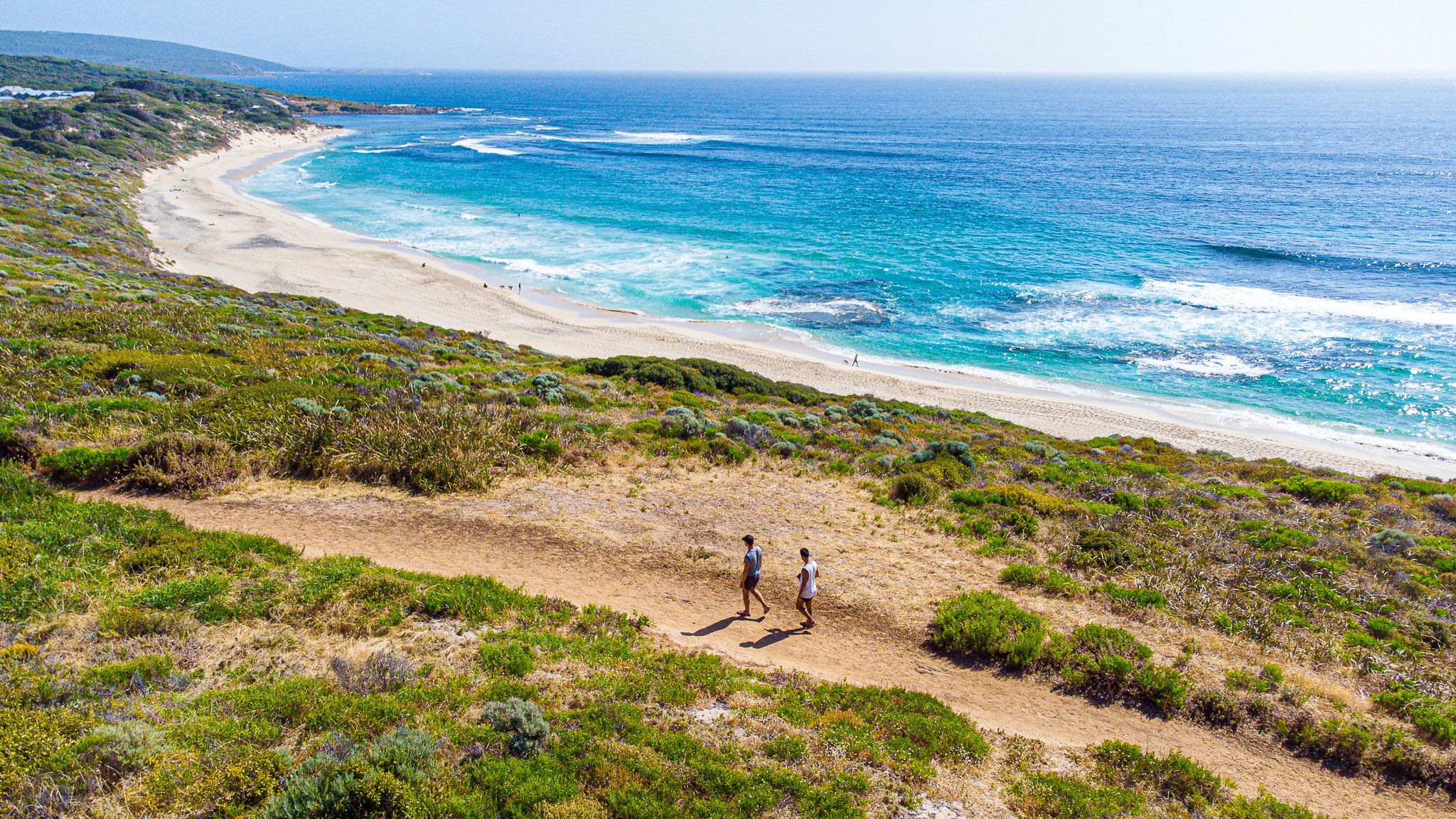The spectacular Leeuwin-Naturaliste National Park fringes the Margaret River Region, embodying rugged coastal outcrops, white sandy beaches, towering karri forests, abundant wetlands, and ancient limestone caves.
Running the length of the park is the longest coastal walk in Australia, the 123km Cape to Cape Track.
Traditional home to the Wadandi people for 60,000 years, this diverse region stretches from Cape Naturaliste to Cape Leeuwin. It’s recognised by Conservation International as one of the world’s 35 biodiversity hotspots, with over 7,000 plant species and a variety of unique and sometimes endangered fauna.
With such impressive natural credentials, it is surprising that visitors – and even locals – are often unaware that they have entered the park. With 55 different entry points and a fragmented layout, national park signage can crop up unexpectedly as you make your way around the region.






